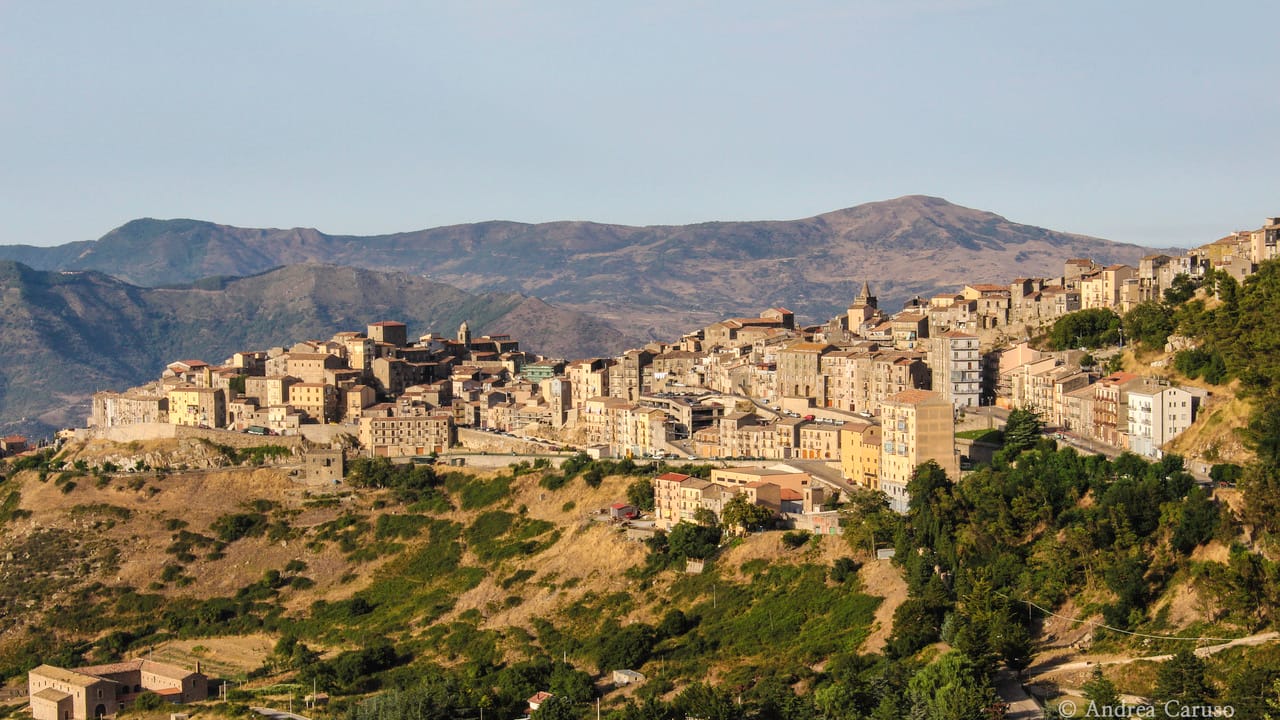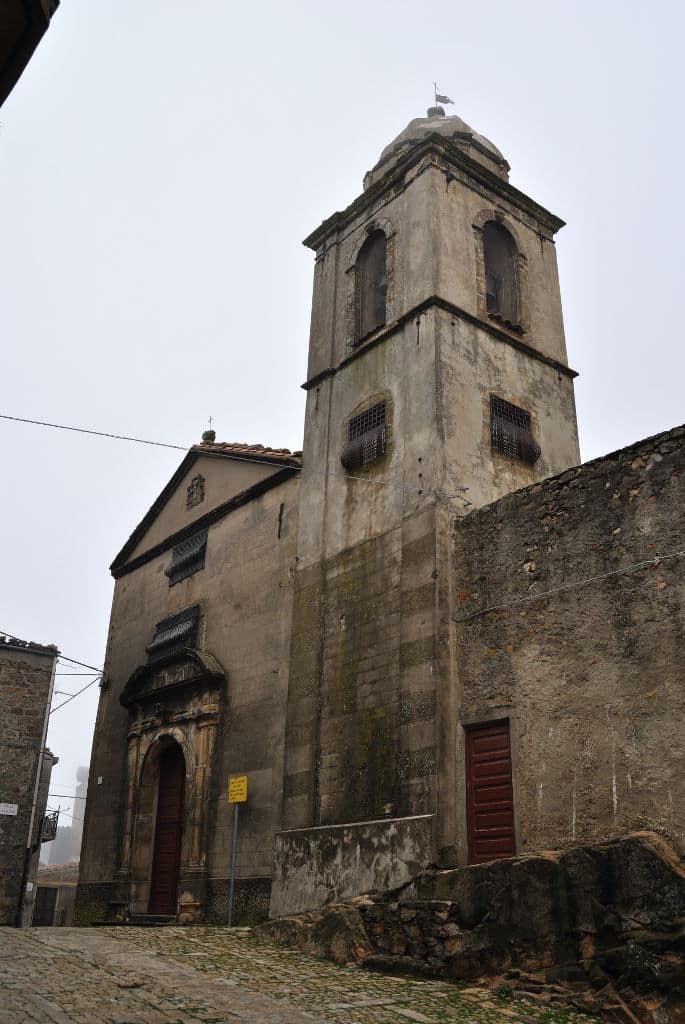The church of San Giuliano was the first parish of Geraci and its existence è attested as far back as 1338, as it is mentioned in the chronicles of the death of Count Francesco Ventimiglia described by Michele da Piazza; its history took a new course from the end of the fifteenth century, when, in conjunction with the consecration of the’current Mother Church, it was annexed to the Benedictine monastery of Santa Caterina, inhabited (until May 2015!) by cloistered nuns.
Yet in 1492 there was active «a congregation of honest withdrawn women» leading a communal life in some premises near St. Julian’s, as can be seen from the request they made to the archbishop of Messina to erect an altar to St. Lawrence, whose interesting wooden statue is still preserved at the beginning of the nave.
Only in 1498, following the visit of the vicar-general of the Archbishop of Messina Antonio de Mortellens, was the monastery officially recognized «under the rule of the patriarch St. Benedict» and the following year the first abbess, donna Ramondetta Russo, was elected. Among the earliest works commissioned by the nuns is the statue of St. Catherine of Alexandria placed on the church’s main altar, which dates back to 1505 and can be traced to the well-known sculptor Giuliano Mancino; the saint, depicted according to the’ traditional iconography, shows regal robes in remembrance of her noble origin, holds in her left hand the Holy Scriptures and the wheel that was the instrument of her martyrdom, while with her right hand she holds a sword; the base bears reliefs of Christ in the sacellum, flanked by Saints Benedict, Scholastica, Julian and Lucy.
During the 17th century, the church, with a single hall and side niches, underwent significant interventions that embellished the austere medieval building (originally with three naves) and endowed it with significant works of art. Before 1638 the altar of St. John the Evangelist was erected, of which the statue attributed to the Li Volsi workshop remains at the foot of the nave, showing the saint swathed in richly decorated robes, absorbed in reading the Scriptures; the two canvases by Polizzi painter Matteo Sammarco located at the sides of the altar and depicting one St. Benedict with Saints Placido and Mauro and the other Saints John Chrysostom and Julian date from 1654.
In the following century it was decided to decorate the interior by hiring the Palermo stucco artist Francesco Alaimo, who had collaborated with the well-known master Procopio Serpotta on some sites: in June 1749 he undertook in fact «to stucco the entire venerable church…» but much of his work was lost due to the earthquakes of 1818-1819, which seriously damaged the building. Also from the mid-18th century is the wrought-iron grating that closes the choir at the back of the hall (made in Palermo and transported by sea to Finale di Pollina) and the painting of the Annunciation by Calogero d’Agostino (1754); later is the one in front with Saints Benedict, Scholastica, Maurus and Placidus, by Giovanni Patricolo in 1834.
The sacristy is located in the church’s sacristy, but much of his work was lost due to the earthquakes of 1818-1819, which seriously damaged the building.
The sacristy preserves the painted wooden panels of a choir loft, attributed to the workshop of painter Filippo Randazzo and dating back to the mid-18th century, depicting Christ Pantocrator flanked by Saints Scholastica and Gertrude, while the martyrs Agnes and Cecilia are depicted at the extremes; in addition, another panel dismembered from the others is dedicated to the Immaculate Virgin.



